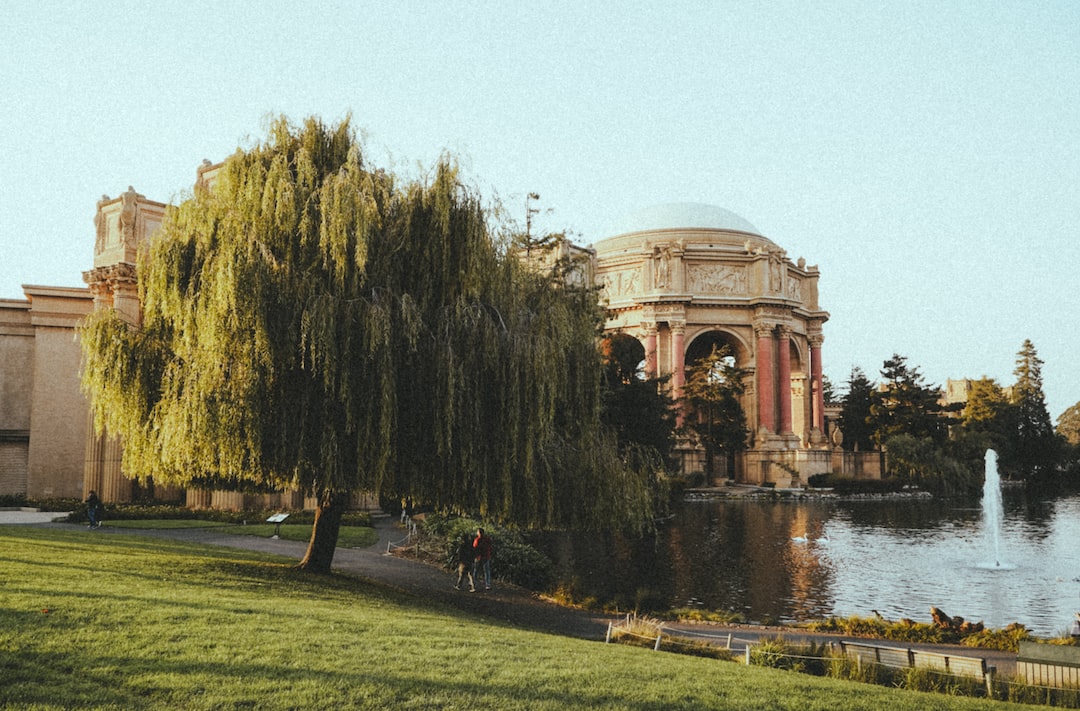The Art of Film: How Cinematic Techniques Adapted from Paintings
Film, just like any other art form, draws inspiration from various sources. One such source is the world of paintings. Many directors and cinematographers have successfully adapted techniques from paintings into their films, transforming the way stories are told and visually presented on the big screen. In this blog post, we will explore how these cinematic techniques adapted from paintings have enriched the art of film.
One of the most prominent influences of paintings on cinema is the use of lighting and composition. Just as artists carefully choose their lighting to create depth and atmosphere in their paintings, filmmakers meticulously craft the lighting in their shots to evoke specific emotions. The technique of chiaroscuro, which is the use of bright light and contrasting dark shadows, is often employed in films to create a sense of drama and suspense. This technique, adopted from paintings such as Caravaggio’s “The Calling of St. Matthew,” can be seen in movies like “Blade Runner” and “Sin City,” where the interplay of light and shadow heightens the tension and adds a visual richness to the narrative.
Painting also provides filmmakers with inspiration for composition. The rule of thirds, a compositional principle in painting that divides the frame into nine equal parts, has been widely adopted in cinema. By placing key elements along these lines or at their intersections, directors can create aesthetically pleasing and visually balanced shots. This technique can be observed in many films, including Wes Anderson’s “The Grand Budapest Hotel,” where every frame is meticulously composed with the rule of thirds in mind, resulting in visually stunning and harmonious imagery.
Moreover, the concept of mise-en-scène, which refers to the arrangement of everything within a frame, is heavily influenced by paintings. Artists carefully choose the placement of objects, colors, and characters in their paintings to convey meaning and create a particular mood. Similarly, filmmakers use mise-en-scène to control the visual elements within the frame, manipulating them to enhance the story and evoke an emotional response from the audience. The works of Dutch painter Johannes Vermeer, known for his meticulous attention to detail and composition, have been cited as a significant influence on the use of mise-en-scène in films like Lars von Trier’s “Dogville.”
Another area where painting has influenced film is the use of color. Artists have long used color palettes to convey emotions and symbolism in their paintings, and with the advent of color in cinema, filmmakers embraced this technique to add depth and meaning to their visual storytelling. Stanley Kubrick’s “Barry Lyndon” is often praised for its stunning use of color, which was inspired by the paintings of Thomas Gainsborough and Jean-Baptiste-Siméon Chardin. Kubrick meticulously recreated the lighting conditions found in these paintings, resulting in a visually striking and painterly film.
Furthermore, paintings have influenced the framing and composition of shots in many films. Directors often use paintings as reference points to create visually arresting and memorable images. For instance, Andrei Tarkovsky, the renowned Russian filmmaker, drew inspiration from various Renaissance and Baroque paintings, particularly the works of Piero della Francesca, to compose his shots in films like “Andrei Rublev” and “Mirror.” The deliberate staging and the attention to detail in these films mirror the visual richness found in paintings.
In conclusion, the art of film has greatly benefitted from the wealth of techniques adapted from paintings. From lighting and composition to color and mise-en-scène, the influence of paintings can be seen in many films today. By incorporating these techniques and principles into their work, filmmakers have successfully transformed the medium, enriching it with a new vocabulary of storytelling and visual aesthetics. As cinema continues to evolve, it will be fascinating to see how upcoming directors and cinematographers continue to draw inspiration from the world of paintings and create new and innovative masterpieces on the big screen.


